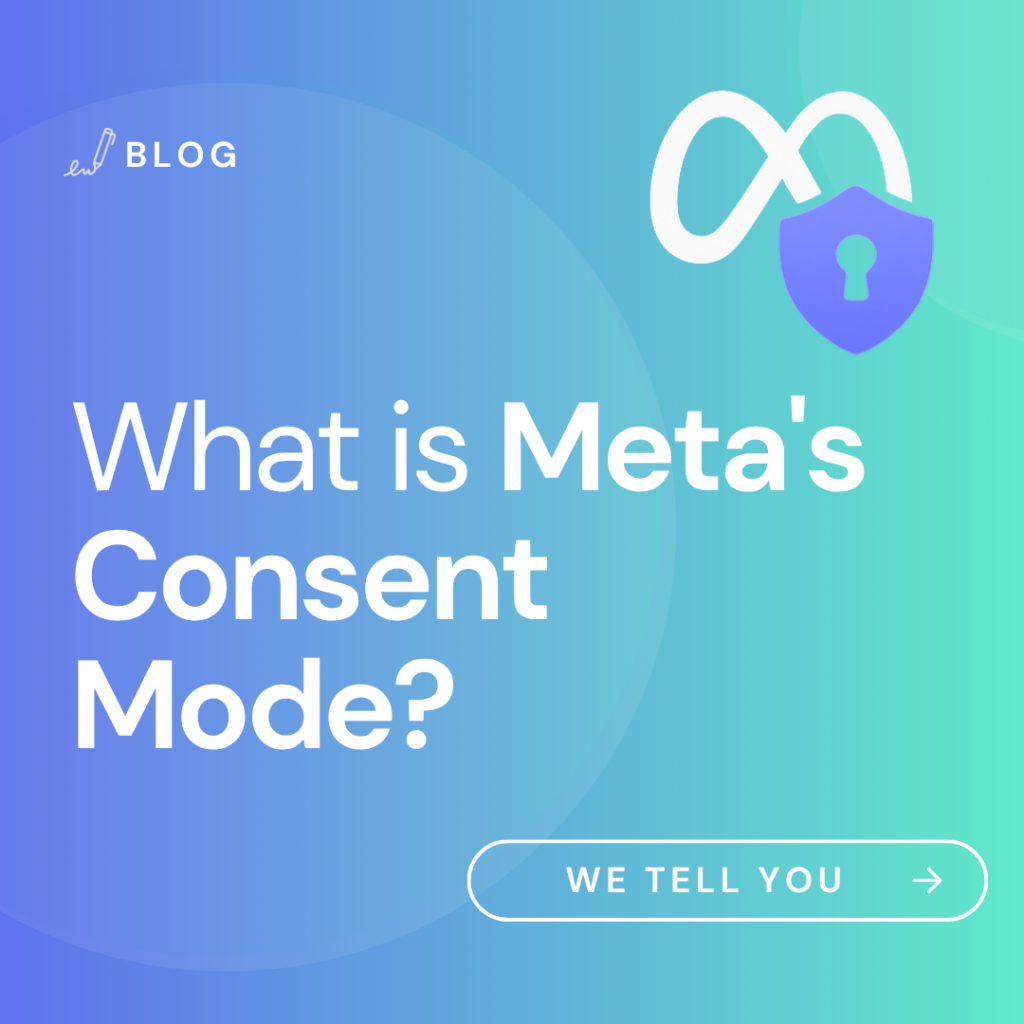

Meta Consent Mode (formerly Facebook) is a tool designed to help websites request user consent before activating the Meta Pixel, which is used for advertising and analytics.
This feature allows websites to respect user privacy, comply with regulations like the GDPR, and continue tracking conversions, even when users reject cookies.
Meta's Consent Mode integrates with advertising platforms to automatically adjust data collection based on the user’s consent choices. This allows businesses to gain insights while remaining compliant with privacy laws.
Consent Mode works with Meta Pixel, the tracking tool that collects user behavior data for advertising and analytics.
A cookie banner or pop-up is displayed, informing users about data collection. It allows them to accept or reject the use of cookies and tracking technologies.
Depending on the user's choice:
Consent Mode helps websites comply with privacy regulations like the GDPR in the EU or the CCPA in California, ensuring data use aligns with user preferences.
Helps websites comply with the General Data Protection Regulation (GDPR) and other privacy laws, without interrupting marketing activities.
Giving users control over their data increases transparency, builds trust, and reduces legal risks.
Even when consent is denied, Meta can apply statistical modeling to estimate conversions, allowing continued campaign optimization.
This tool aligns with the digital industry's efforts to promote responsible advertising and data protection.
In conclusion Meta Consent Mode is essential for any website using Meta Pixel and wanting to remain GDPR-compliant. It simplifies legal obligations, improves user trust, and ensures your campaigns remain effective—even when consent is denied.
If you still have questions or want to share it with your team, we've prepared a visual summary of Meta's Consent Mode. Quick, clear, and helpful to understand it in just one minute.